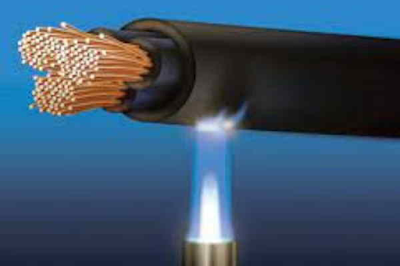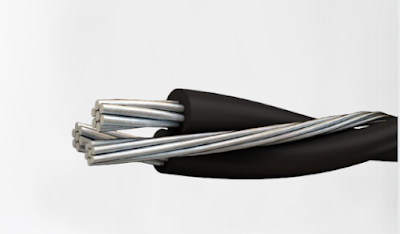Why And How To Choose Flame Retardant Wire?
Introduction:
In today's industrial and commercial landscape, safety is paramount. Whether you're operating a manufacturing plant, constructing a building, or designing electrical systems, fire safety is a critical consideration. Flame retardant wire play a crucial role in mitigating fire hazards, making them an essential component in various applications. In this comprehensive guide, we'll delve into the significance of flame retardant wire and provide valuable insights into how to choose the right ones for your specific needs.Understanding Flame Retardant Wires:
Flame retardant wire are specially designed to minimize the risk of fire in electrical installations by delaying the spread of flames. These wires are constructed using materials that are resistant to combustion and produce minimal smoke and toxic gases when exposed to fire. They are commonly used in industries where fire safety is of utmost importance, such as aerospace, automotive, construction, and electrical engineering.
Importance of Choosing Flame Retardant Wires:
Enhanced Safety:
The primary reason for choosing flame retardant wire is to enhance safety. By using these wires in electrical installations, you significantly reduce the risk of fire-related accidents, protecting lives and property.
Compliance with Regulations:
Many industries are subject to strict regulations and standards regarding fire safety. Choosing flame retardant wire ensures compliance with these regulations, avoiding potential fines and penalties.
Protection of Assets:
Fire incidents can result in extensive damage to equipment, machinery, and infrastructure. Flame retardant wire help safeguard your assets by preventing the rapid spread of fire and minimizing its impact.
Long-Term Cost Savings:
While flame retardant wires may have a slightly higher initial cost compared to conventional wires, their superior fire-resistant properties can lead to long-term cost savings by reducing the likelihood of fire damage and the associated repair and replacement costs.
Factors to Consider When Choosing Flame Retardant Wires:
Material Composition:
Flame retardant wires are available in various materials, including PVC, XLPE, and LSZH (Low Smoke Zero Halogen). Consider the specific application and environmental factors to determine the most suitable material for your needs.
Flame Retardant Rating:
Different flame retardant wires have varying levels of flame resistance, typically classified by flame retardant ratings such as FR (Fire Retardant), FR-LSHF (Fire Retardant Low Smoke Halogen Free), and FR-LSZH (Fire Retardant Low Smoke Zero Halogen). Choose a wire with the appropriate flame retardant rating based on the level of fire protection required.
Temperature Rating:
Ensure that the flame retardant wire you select has a temperature rating compatible with the operating conditions of your application. High-temperature environments require wires with superior heat resistance to prevent melting or degradation.
Voltage Rating:
Consider the voltage requirements of your electrical system and select flame retardant wires with the appropriate voltage rating to ensure safe and reliable performance.
Flexibility and Durability:
Evaluate the flexibility and durability of the flame retardant wires, especially if they will be installed in environments with frequent movement or mechanical stress. Choose wires that can withstand bending, twisting, and vibration without compromising their fire-resistant properties.
Certification and Compliance:
Verify that the flame retardant wires you choose meet relevant industry standards and certifications, such as UL (Underwriters Laboratories), CSA (Canadian Standards Association), and IEC (International Electrotechnical Commission) certifications, to guarantee quality and performance.
Conclusion:
Choosing the right flame retardant wires is crucial for ensuring fire safety and regulatory compliance in various industries. By considering factors such as material composition, flame retardant rating, temperature rating, voltage rating, flexibility, durability, and certification, you can select wires that offer optimal protection and reliability for your specific applications. Prioritizing fire safety through the use of flame retardant wires not only mitigates the risk of fire-related incidents but also protects lives, property, and assets, ultimately contributing to a safer and more secure working environment.




Comments
Post a Comment